
- October 23, 2023
- Dennis Frank
- 2
Imagine scrolling through YouTube, but there’s a twist.
No more annoying ads popping up in the middle of your favorite song. No censorship deciding what you can and cannot watch. Sounds like a dream?
Well, that’s exactly what ‘YouTube on blockchain’ is all about!
This decentralized approach promises to shake things up – offering increased transparency, better user control, and even the potential for users to earn rewards!
We’re diving into this fascinating world where content sharing platforms meet groundbreaking technology. Ready for an adventure? Let’s go!
Table of Contents:
- The Rise of Blockchain Technology
- The Decentralized Nature of Blockchain
- The Decentralized Nature of Blockchain
- Security and Transparency in Blockchain
- Blockchain Beyond Cryptocurrencies
- The Immutability of Blockchain
- YouTube on Blockchain: A Decentralized Approach
- The Potential Impact of Blockchain Technology
- FAQs in Relation to Youtube on Blockchain
- Conclusion
The Rise of Blockchain Technology
Blockchain technology is not just a buzzword. It’s shaping up to be the backbone of digital trust, making waves across industries with its impressive growth.
The Impressive Market Growth of Blockchain
This disruptive tech isn’t merely surviving; it’s thriving. With an anticipated market size set to reach $39.7 billion by 2025, blockchain is gearing up for a future where it’ll play a pivotal role in our digital lives.
To put that into perspective, imagine every single person in California buying about ten top-tier smartphones each year – that’s how massive we’re talking.
The Financial Sector Leading the Adoption
If there was ever a match made in heaven, it’d be between blockchain and finance. The financial sector has been quick on its feet, leading the charge towards adopting this innovative technology.
We’re witnessing history here as major banks and financial institutions have started exploring ways to leverage blockchain for secure transactions and data integrity – turning skeptics into believers one block at a time.
Now let’s flip over some new pages.
The Decentralized Nature of Blockchain
Ever wonder why people are all gaga over decentralization? Let me enlighten you.
Blockchain’s Decentralization and Efficiency
Imagine having your own mini-bank right inside your computer—no middlemen nibbling away at your hard earned money during transfers or purchases—that’s what decentralization brings on board.
Not only does this lead to cost savings, but it also significantly increases the efficiency of transactions.
What can the future of blockchain bring? You ask. Seemingly, the prospects are never-ending and stimulating.
Remember folks – keep your eyes on this space. In the tech world, we know today’s novelty could be tomorrow’s necessity.
Key Takeaway:
Blockchain is not just a fad, but an emerging tech titan expected to hit $39.7 billion by 2025. The financial sector leads the charge in adopting this decentralized powerhouse that offers secure transactions and data integrity. Picture owning your personal mini-bank on your computer – cost-effective and efficient, that’s blockchain for you.
The Decentralized Nature of Blockchain
When discussing blockchain, the concept of decentralization is often brought up. But what does it mean? In essence, decentralization is like a city where everyone has a copy of every law and transaction – no need for city hall.
Blockchain’s Decentralization and Efficiency
A decentralized blockchain system allows multiple parties to maintain copies of a shared history. This approach removes the need for intermediaries or third-parties in transactions, leading to significant cost savings.
In traditional systems, intermediaries such as banks validate and process transactions. With blockchain technology at play, each participant can verify the data based on their own copy. This leads not only to reduced costs but also increased speed.
An example would be making an international payment: instead of waiting days for banks to communicate across borders with various fees involved (source), you could make that same payment almost instantly using cryptocurrency (like Bitcoin) built on blockchain technology.
This level of efficiency comes from ‘Consensus Mechanisms’, algorithms that let network participants agree on data validity without needing trust among them (source). These mechanisms keep everything honest while providing efficiency previously unseen in many sectors.
To bring this concept closer home; think about sharing files online – typically you’d use cloud services like Google Drive or Dropbox which are centralized platforms owned by companies who control your data access.
| Platform | Type | Control over Data |
|---|---|---|
| Google Drive/Dropbox | Centralized | In the hands of companies (third parties) |
| Filecoin or IPFS | Decentralized | In your control – no third-party involvement. |
Conversely, when discussing a blockchain for distributed file-sharing that is decentralized, the scenario changes significantly.
Security and Transparency in Blockchain
The decentralized nature of blockchain technology is complemented by its security and transparency, making it an ideal solution for digital transactions. Let’s delve deeper into this.
Enhanced Security through Cryptography
Blockchain uses advanced cryptographic techniques, creating a secure environment for transactions. Advanced encryption helps protect data from unwanted access by malicious actors.
A unique feature about blockchain is its hash function. Each block contains a hash of the previous one, forming an interconnected chain. Altering any block disrupts this chain, making tampering almost impossible without being noticed.
This doesn’t mean it’s entirely hack-proof – nothing really is – but hacking a blockchain network requires enormous computing power and time, which most cybercriminals lack. Plus with every failed attempt at hacking leaves traces behind due to the immutable nature of blockchain; therefore catching culprits becomes easier.
Ensuring Transparency with Blockchain
If you’ve ever played Jenga or built LEGO towers as kids (or adults), you’ll appreciate how every piece matters when constructing something complex. Similar to these games where each brick plays an essential role in supporting your towering masterpiece, each transaction on a public ledger adds up over time providing complete transparency while maintaining user anonymity thanks to pseudonyms used instead of personal details during transactions.
All participants can see all blocks and their contents on the ledger yet nobody can alter them once validated – talk about being transparent. With such visibility comes trust among users knowing no shady business can occur unnoticed. IBM’s blog post gives a great insight into this.
But wait, doesn’t transparency compromise privacy? Not in the case of blockchain. Transparency here refers to transaction traceability rather than revealing personal information – ensuring you can have your cake and eat it too.
The Balance of Security and Transparency
Essentially, the strong combination of security and transparency is what makes blockchain such an appealing choice.
Key Takeaway:
At the same time, this public ledger’s every transaction offers complete transparency while keeping user identities under wraps. It builds trust among users without giving up their privacy – a perfect blend of openness and confidentiality.
Blockchain Beyond Cryptocurrencies
While many associate blockchain primarily with cryptocurrencies like Bitcoin, this technology’s potential stretches far beyond that realm. The distinct qualities of blockchain – decentralization, visibility and permanence – make it a perfect solution for many other areas.
Blockchain in Supply Chain Management
Supply chain management is one area where blockchain can shine. Its decentralized nature ensures no single entity controls the data flow. This makes information more accessible to all involved parties – from manufacturers to consumers.
The result? Increased efficiency and reduced fraud or error incidents. By 2027, the World Economic Forum report predicts that blockchain technology will store approximately 10% of global GDP.
Blockchain’s Role in Healthcare
In healthcare too, blockchain shows promise. Patient records can be securely stored on a decentralized network ensuring both privacy and easy access when needed. With patient consent given directly through their digital signatures; doctors across different hospitals could easily coordinate care plans.
Beyond record keeping, counterfeit drugs pose a serious threat globally. But with each medicine batch logged onto an immutable ledger system – tracking becomes effortless helping save lives.
Voting Systems Powered by Blockchain
“One person-one vote”– It’s democracy at its finest. But how can we ensure it’s foolproof? The answer might lie in blockchain. Its transparent and immutable nature could be used to create a tamper-proof voting system. Each vote would be securely logged, ensuring the integrity of election results.
Moreover, with online voting options – participation rates could potentially skyrocket. Imagine casting your ballot from the comfort of your home without worrying about lines or machine malfunctions.
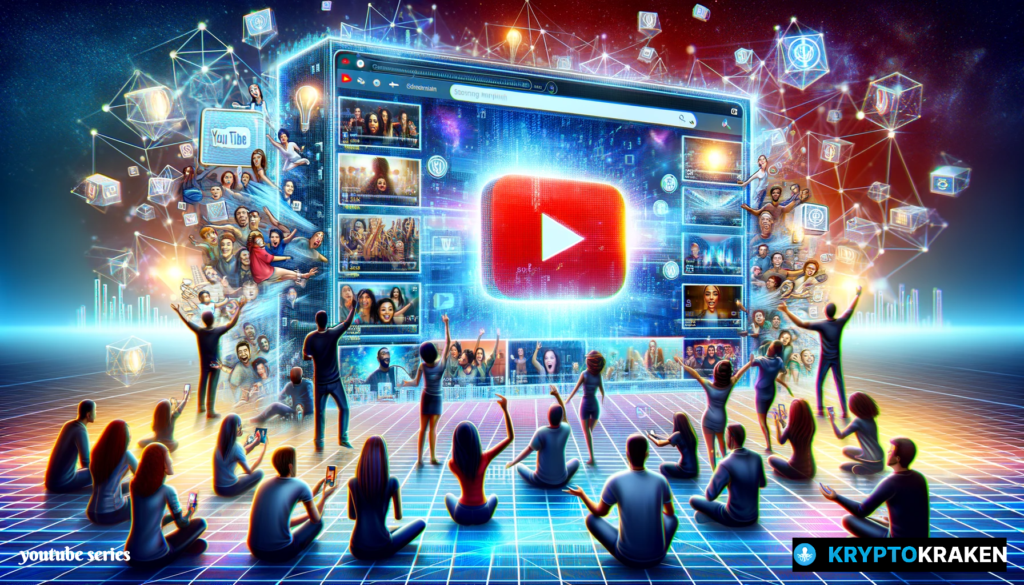
The Immutability of Blockchain
Blockchain technology, in its essence, is immutable. But what does this mean? In simple terms, once data gets recorded onto a blockchain network, it can’t be altered or deleted. This unchangeable nature gives rise to a host of benefits like transparency and trustworthiness.
Blockchain’s Immutability for Data Integrity
In the world of digital information where fraud and manipulation are common threats, blockchain stands out with its immutability feature. It ensures that each transaction remains forever on the chain without any risk of alteration.
This concept works much like sealing a letter in an envelope – once sealed (or added to the blockchain), it cannot be tampered with unless you break open the seal (altering multiple blocks).
But here’s something even more interesting: altering one block would need changes in all subsequent blocks because they’re linked cryptographically. So we could say that messing with blockchain data is akin to trying to sneakily eat just one chip from a noisy bag while sitting in a quiet library – practically impossible.
This makes sure our online actions remain accountable as IBM puts it succinctly, “Each participant has access to exactly the same record; nothing can be altered.”
Data Protection through Blockchain
In today’s world, shielding personal info is essential. The General Data Protection Regulation (GDPR), for example, was enacted by Europe but affects businesses globally due to international trade and communication.
A key requirement under GDPR rules includes providing individuals control over their personal data including right-to-erasure requests – quite tricky when dealing with permanent records such as those in blockchain.
Yet, the answer might be hiding within the problem. With its secure and immutable design, blockchain could actually help comply with GDPR rules by giving individuals better control over their personal data.
The Immutability’s Role Beyond Finance
While we’ve talked about financial transactions, remember that all types of records can really benefit from immutability.
Key Takeaway:
Blockchain’s unchangeable nature ensures that once data is added, it can’t be tampered with – like trying to sneak a chip from a noisy bag in a quiet library. This gives us transparency and trust in the digital world where fraud lurks. Plus, blockchain could even help comply with GDPR rules by giving people better control over their personal data.
YouTube on Blockchain: A Decentralized Approach
The internet revolution has been a double-edged sword. On the upside, YouTube and other similar sites have enabled us to access and enjoy content like never before. But on the other hand, they’ve centralized control over our digital lives.
The Concept of Decentralized YouTube
Imagine a world where you’re in charge of your online presence—a decentralized version of YouTube built on blockchain technology. This is not some far-fetched idea but rather an application of blockchain’s decentralization principle.
A blockchain-based platform would allow users to host their videos without needing approval from any central authority—giving creators more freedom while making sure viewers can trust what they watch.
Benefits of a Blockchain-based YouTube
Furthermore, a blockchain-based platform offers advantages such as improved transparency and assurance of pre-defined smart contracts.
Firstly, enhanced transparency is guaranteed by design in blockchain systems—it’s impossible for anyone (even those running the network) to alter data once it’s added into blocks. That means no unexpected video removals or sudden changes in monetization rules because everything happens according to predefined smart contracts.
This also lets everyone see how many views each video gets truly; No bot-generated numbers as all transactions are verified by multiple nodes across the network—a process known as consensus mechanism.
User control is another big plus here; With traditional platforms like Youtube, we give up certain rights over our content when we hit the upload button – it becomes theirs too. But using smart contracts, we could define terms & conditions ourselves regarding how our content gets used.
So, instead of a centralized YouTube deciding the rules, it’s now in the hands of individual creators and viewers. It’s like taking back control over your digital life.
Key Takeaway:
Imagine controlling your digital life with a decentralized YouTube built on blockchain. No need for approval from any central authority to host videos, and total transparency ensures no sudden changes or unexpected video removals. Blockchain-based platforms also offer true viewer counts and let you set the terms of how your content is used.
The Potential Impact of Blockchain Technology
Blockchain technology has the power to revolutionize various industries, shaking up traditional processes and paving the way for innovation. This groundbreaking tech offers significant benefits such as transparency, security, and efficiency.
Revolutionizing Industries through Streamlining Processes
Digital gaming, healthcare, and even our favorite video-sharing platform YouTube can be revamped using blockchain technology. By getting rid of middlemen, not only are expenses being reduced but operations are becoming more efficient as well.
This potential isn’t just theoretical; real-world applications are being explored today. For instance, in supply chain management – a sector often plagued by inefficiencies – blockchain provides traceability like never before.
A New Approach to Security: Cryptography at Its Best
Fraud is a pressing issue across multiple sectors that could see massive reductions with widespread adoption of blockchain technologies. Using cryptographic techniques makes tampering extremely difficult due to each block containing its own unique hash code along with those of previous blocks on the chain.
The level of security provided by this kind of system significantly reduces risks associated with fraud and manipulation—a boon for both businesses and consumers alike.
Elevating Transparency Standards
In an era where data privacy concerns are paramount, blockchain’s inherent transparency feature stands out like a beacon in the fog. Every action on a blockchain is visible to all users, developing an atmosphere of faith and responsibility.
This transparency can even extend into our everyday lives. Imagine watching videos on YouTube knowing that your data isn’t being secretly hoarded or sold—this is the promise of a decentralized approach with platforms like KryptoKraken’s Blockchain-based YouTube.
Immutability: Ensuring Data Integrity
The immutability aspect of blockchain technology further bolsters its security credentials. Once information has been added to the chain, it becomes virtually impossible to alter or delete—a characteristic critical in ensuring data integrity across various applications from financial transactions to voting systems.
Key Takeaway:
Blockchain’s potential to shake up industries is vast, with benefits like transparency, security and efficiency. Imagine a YouTube experience without secret data hoarding – this could be possible with blockchain tech. Plus, its immutability ensures unchangeable information for everything from financial transactions to voting systems.
FAQs in Relation to Youtube on Blockchain
Is there a YouTube on the blockchain?
Currently, there isn’t an official YouTube version on blockchain. But platforms like DTube and LBRY offer similar services with a decentralized twist.
What is the blockchain alternative to YouTube?
The most popular alternatives to YouTube using blockchain are DTube and LBRY. They provide content sharing in a secure, transparent environment.
Which YouTube channel to learn about blockchain?
‘Blockchain at Berkeley’ is an excellent resource for comprehensive education about this technology via their detailed video series.
Is anyone actually using blockchain?
Absolutely. Industries from finance to healthcare have begun integrating it into their operations for its transparency, security, and efficiency benefits.
Conclusion
What a ride we’ve had, exploring the world of ‘YouTube on blockchain’!
We’ve seen how blockchain’s rapid growth is changing industries. We dove into its decentralized nature that cuts out middlemen and saves costs.
We uncovered its use beyond cryptocurrencies, in supply chain management, healthcare, even voting systems! All thanks to its unique features like security through cryptography and data integrity via immutability.
The real kicker? A potential for a Decentralized Youtube – imagine no more unwanted ads or censorship. Just pure content sharing with increased transparency and user control!
This isn’t just theory; it’s our future unfolding before us. Be sure to stay informed, as there is much more to come!
⭐⭐⭐ Enjoy learning through video? See the entire video collection at KryptoKraken Videos



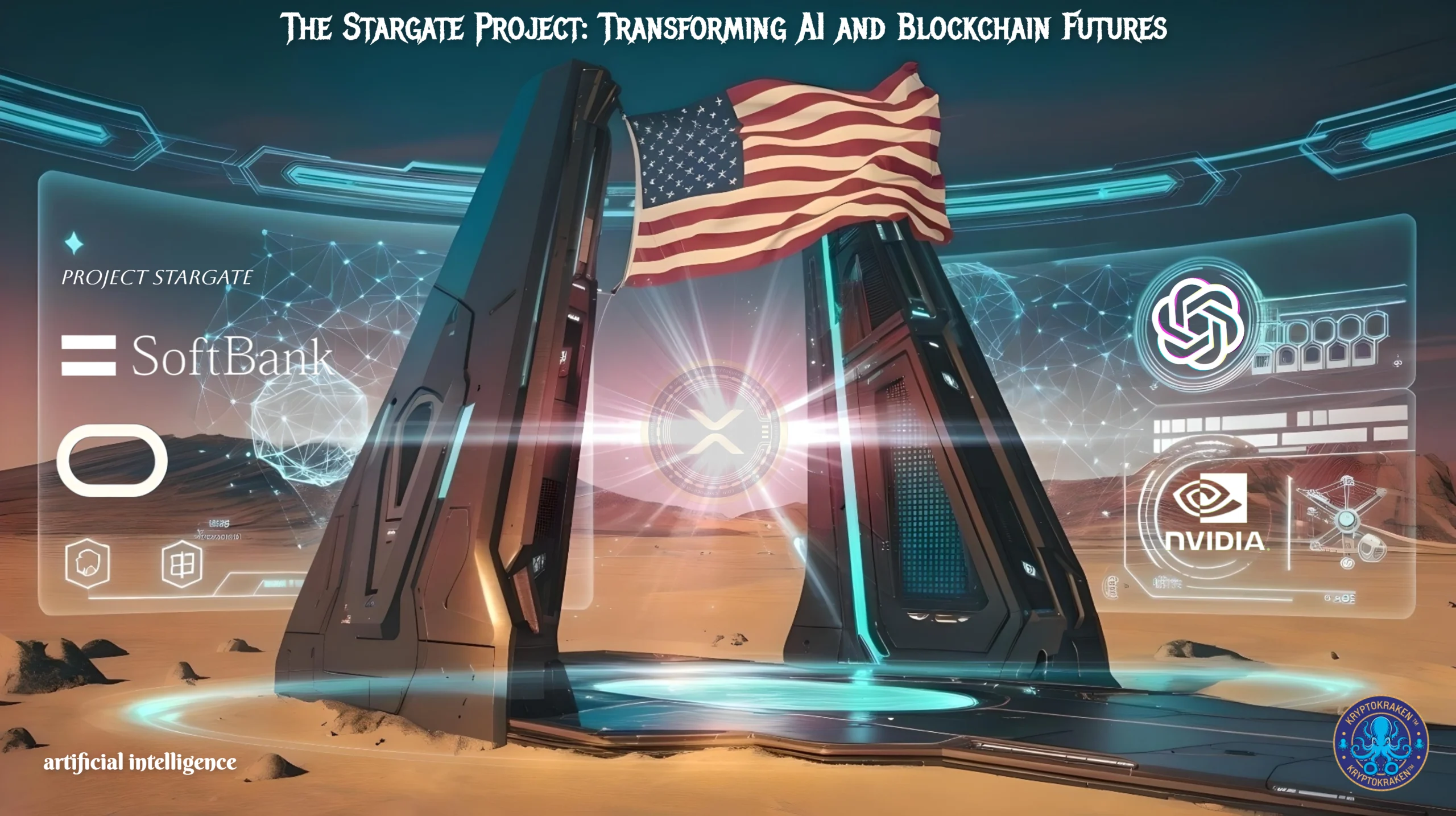
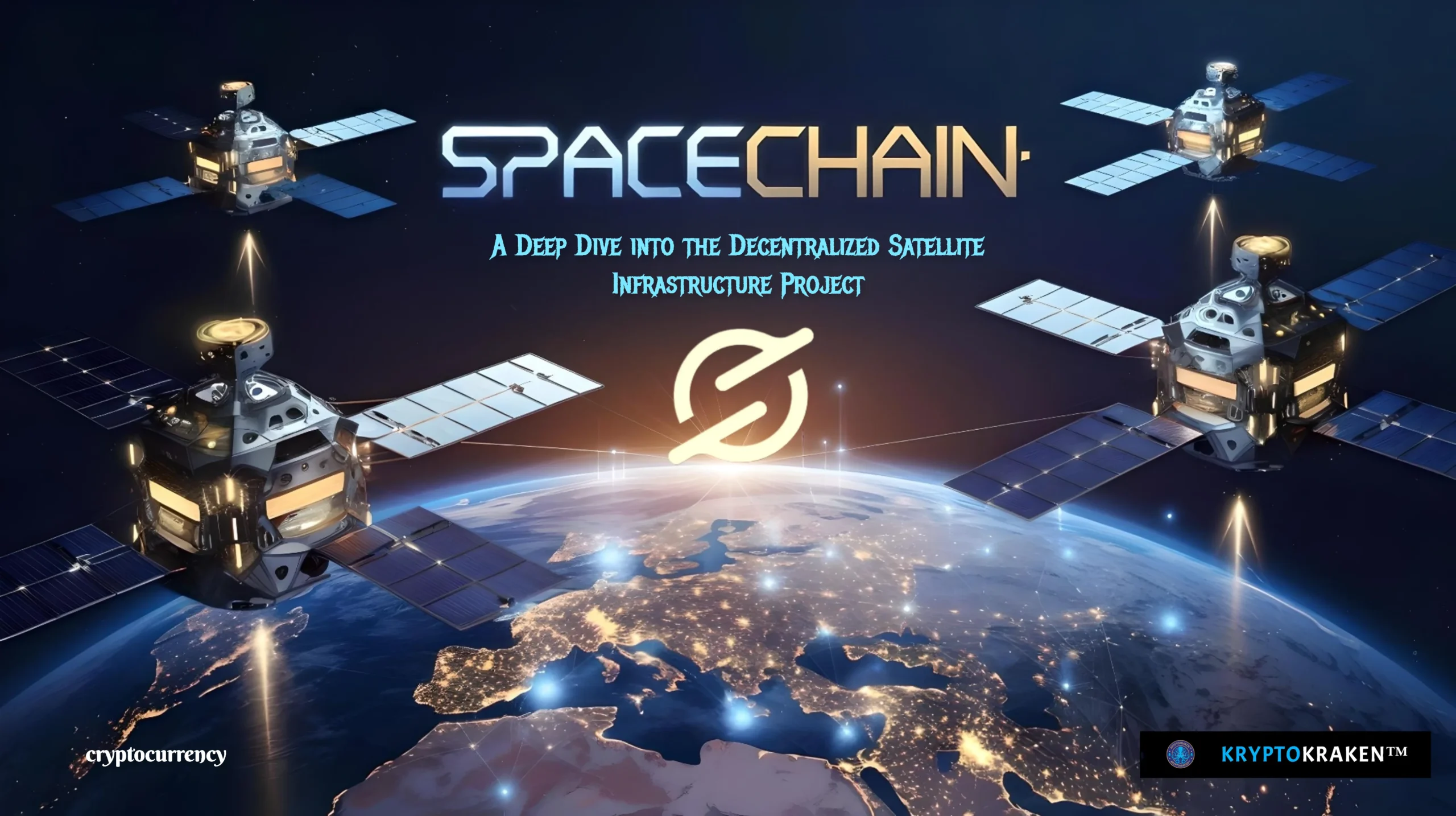

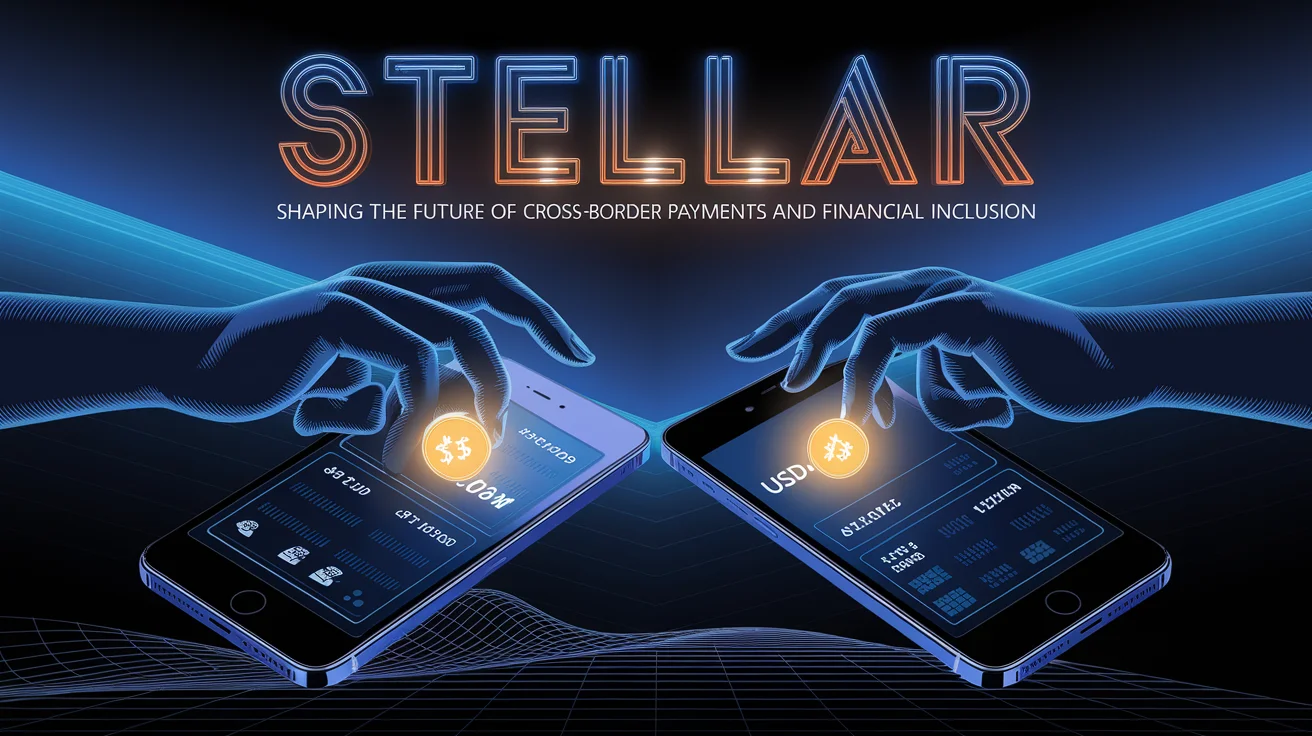


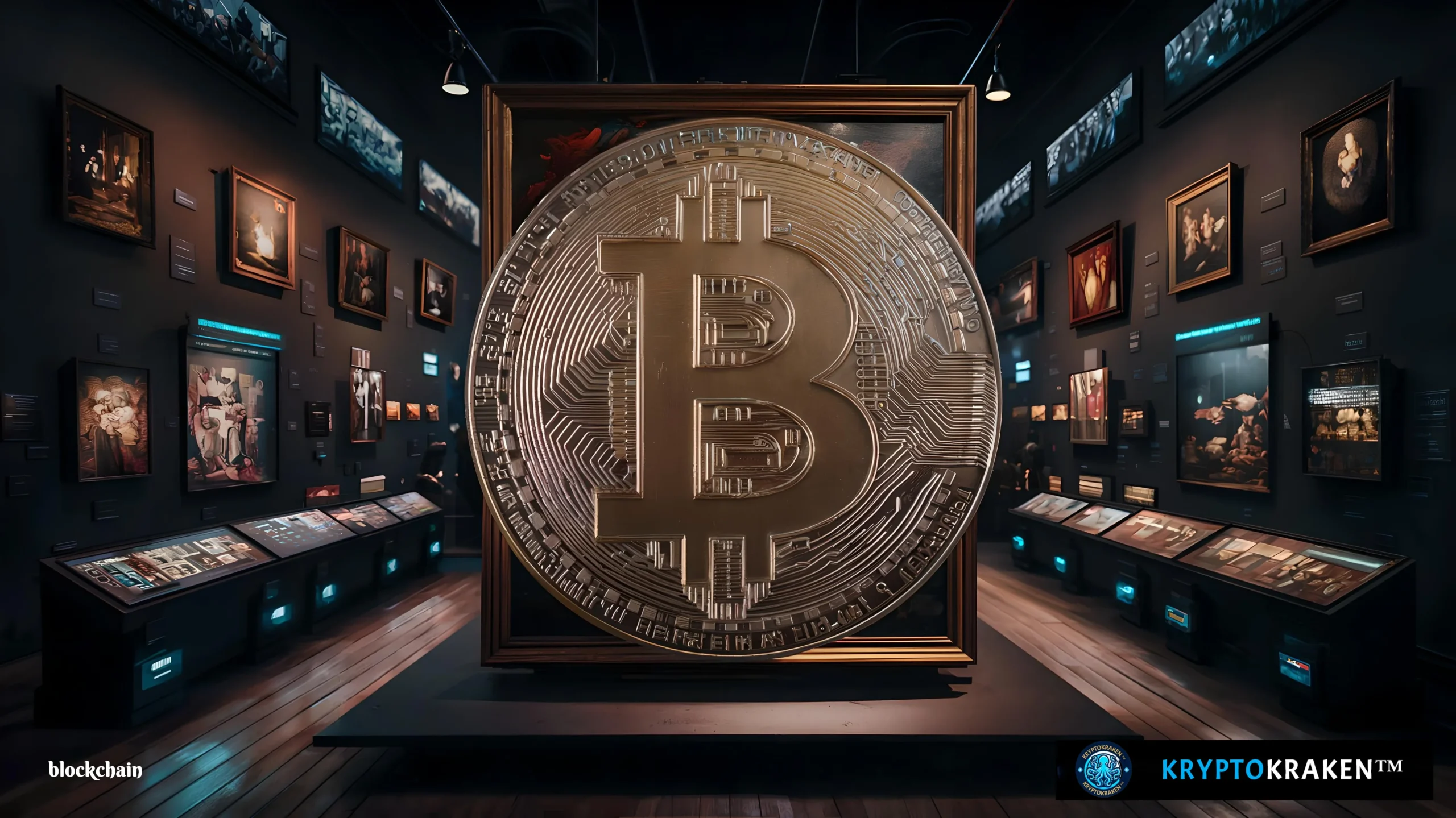

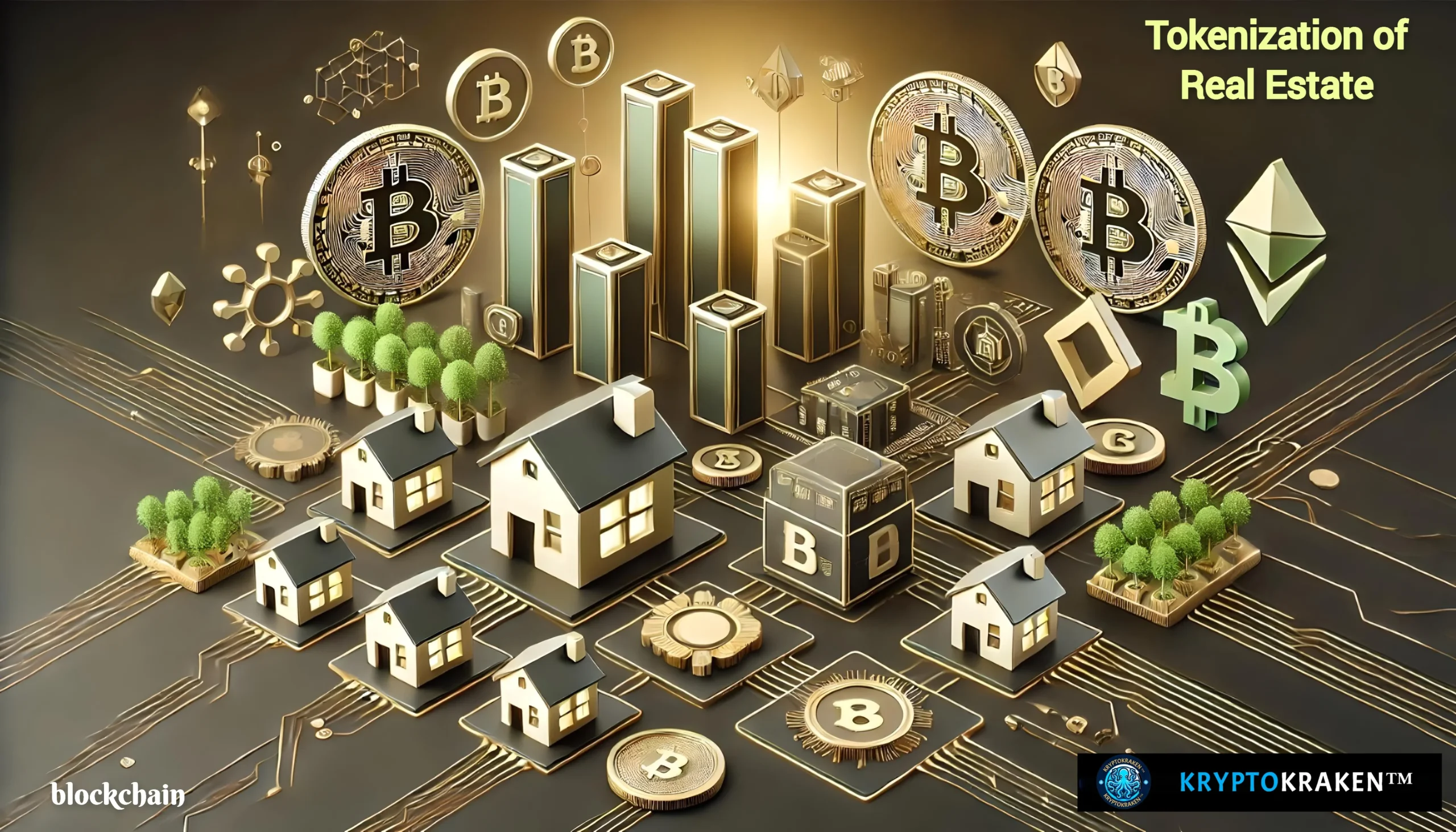

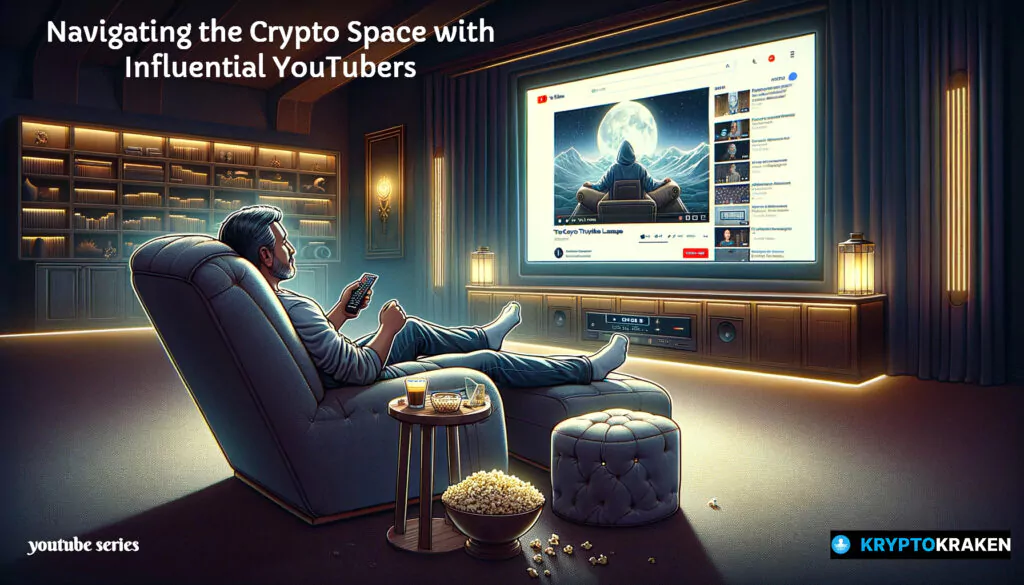
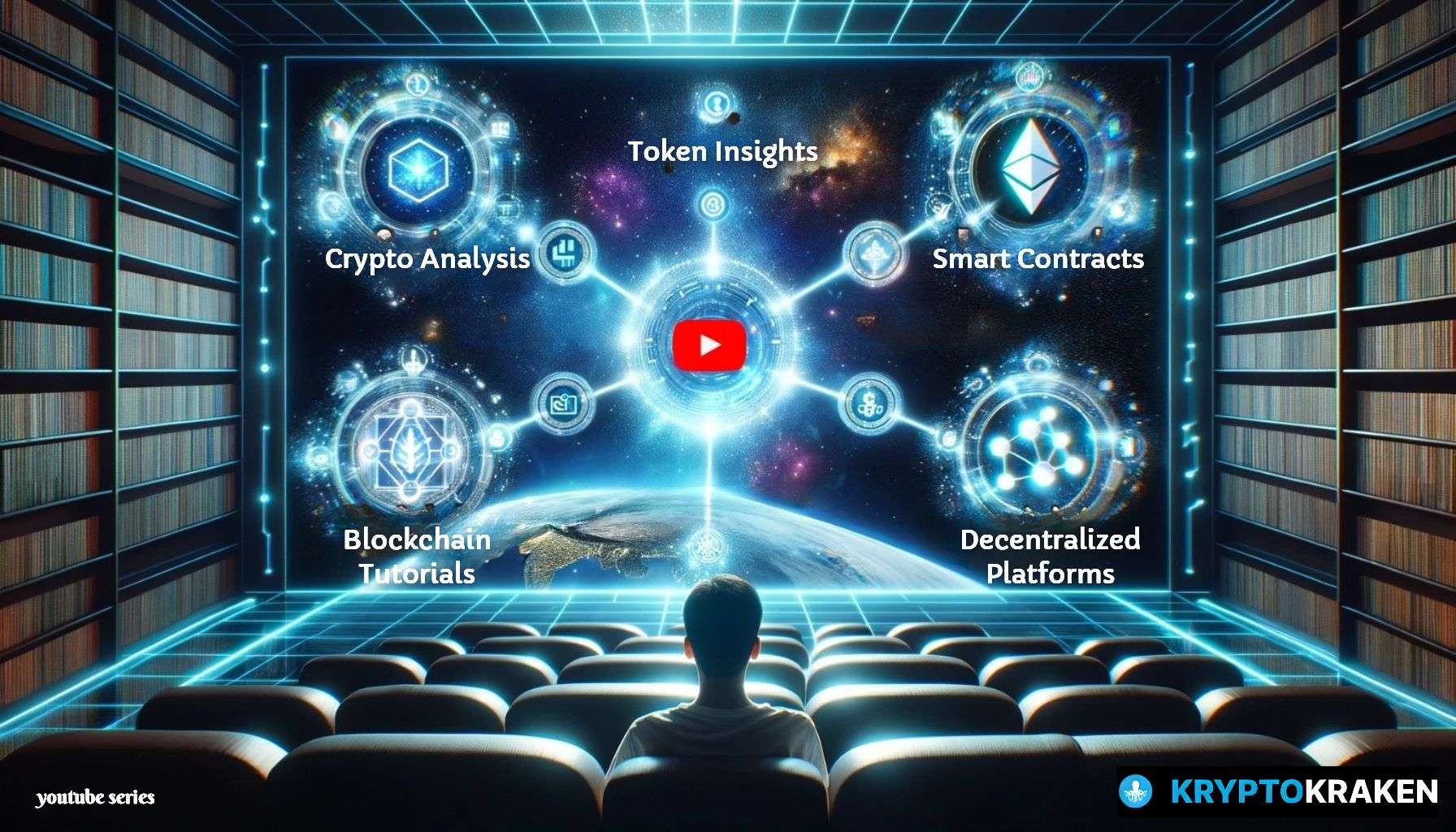

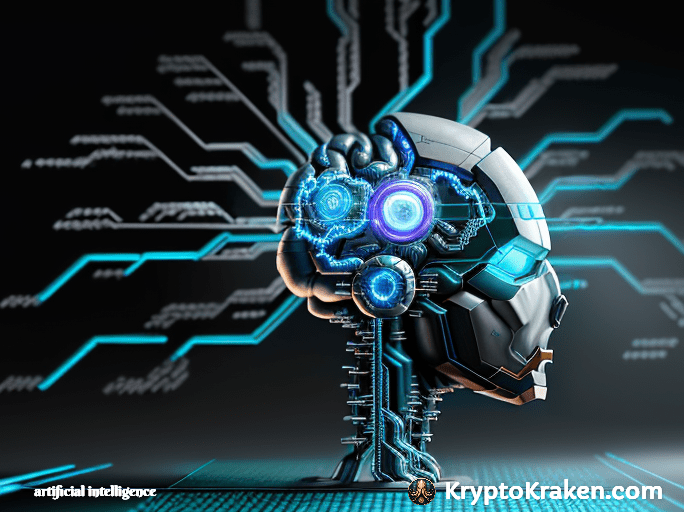

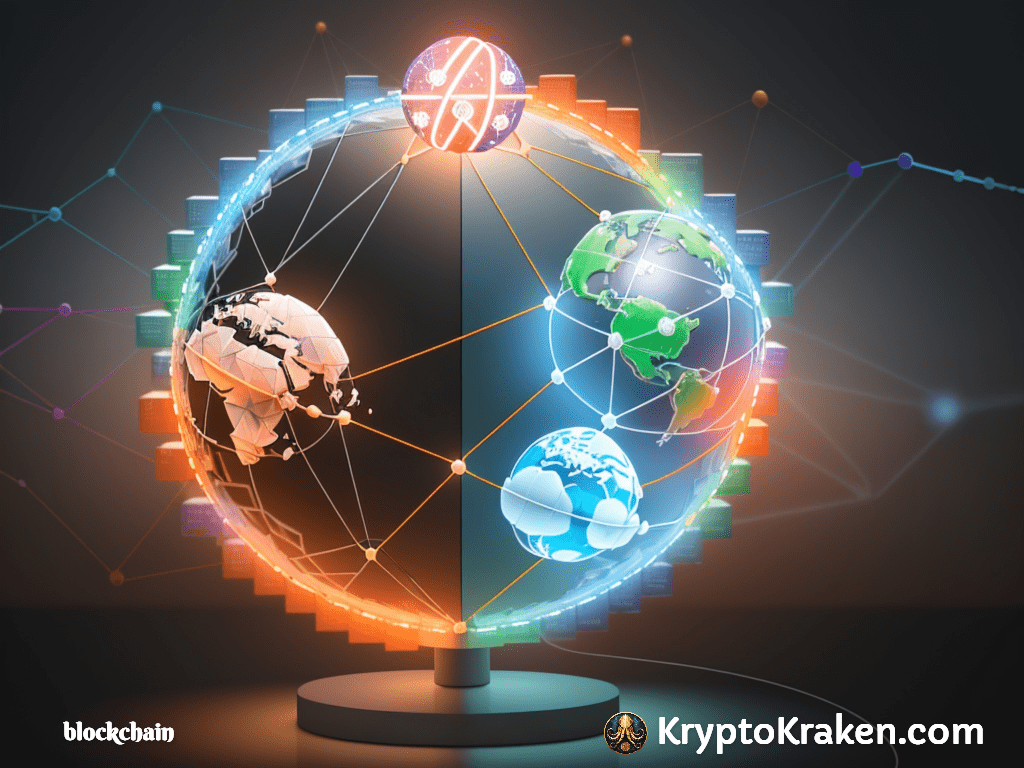
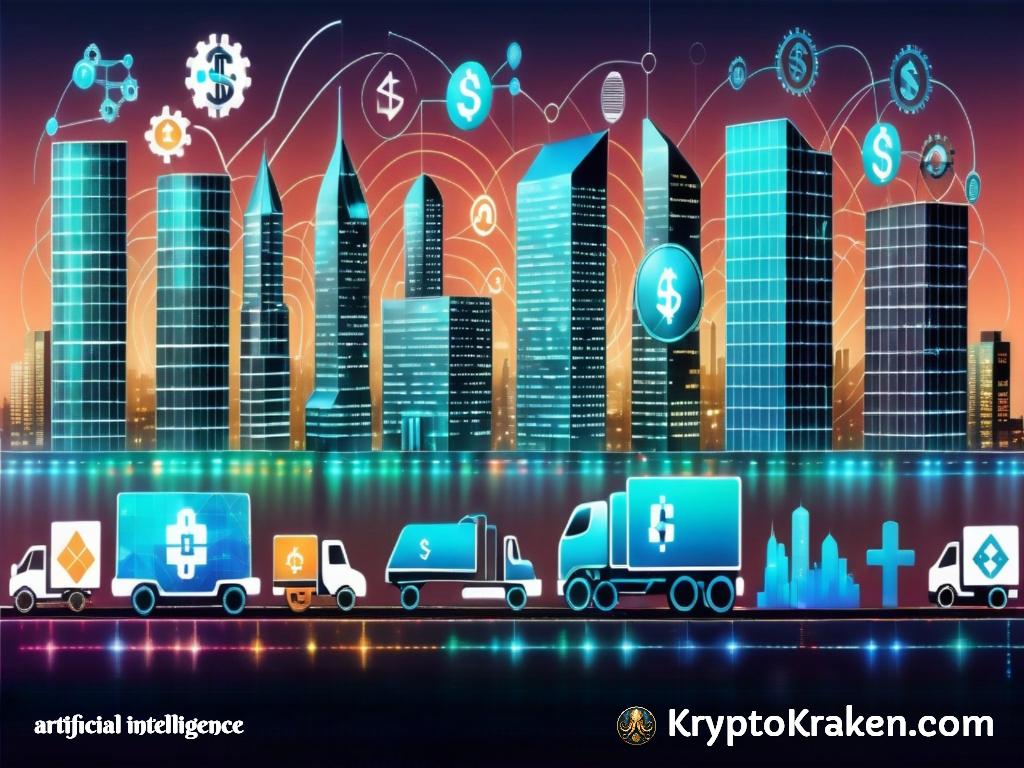
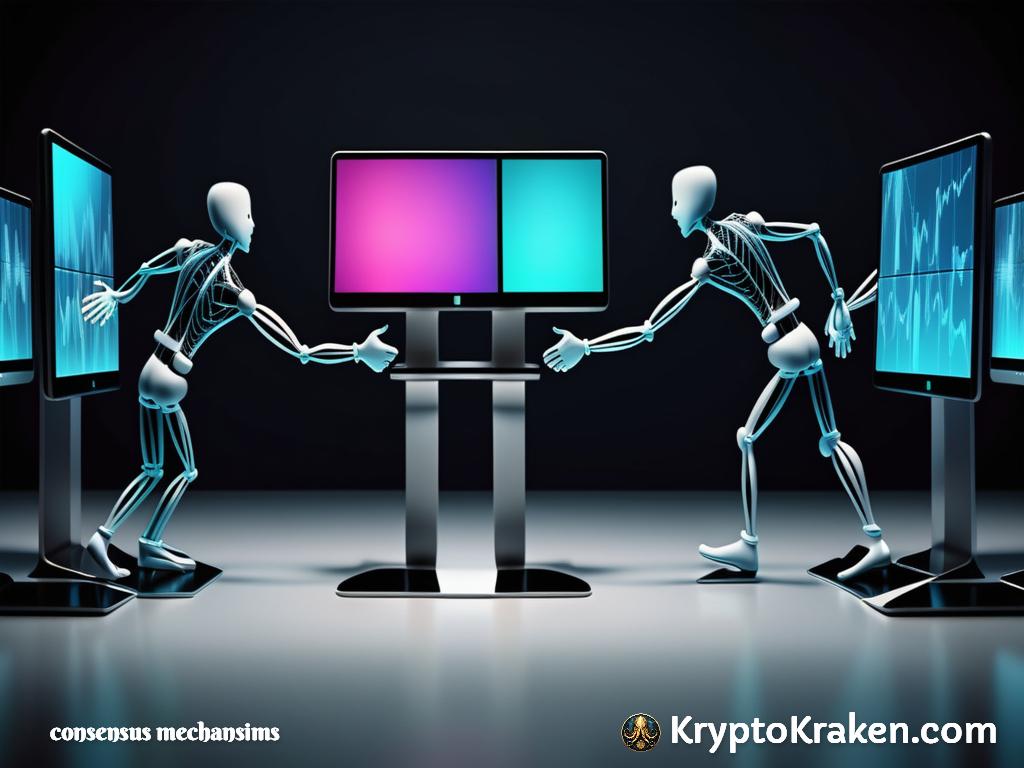

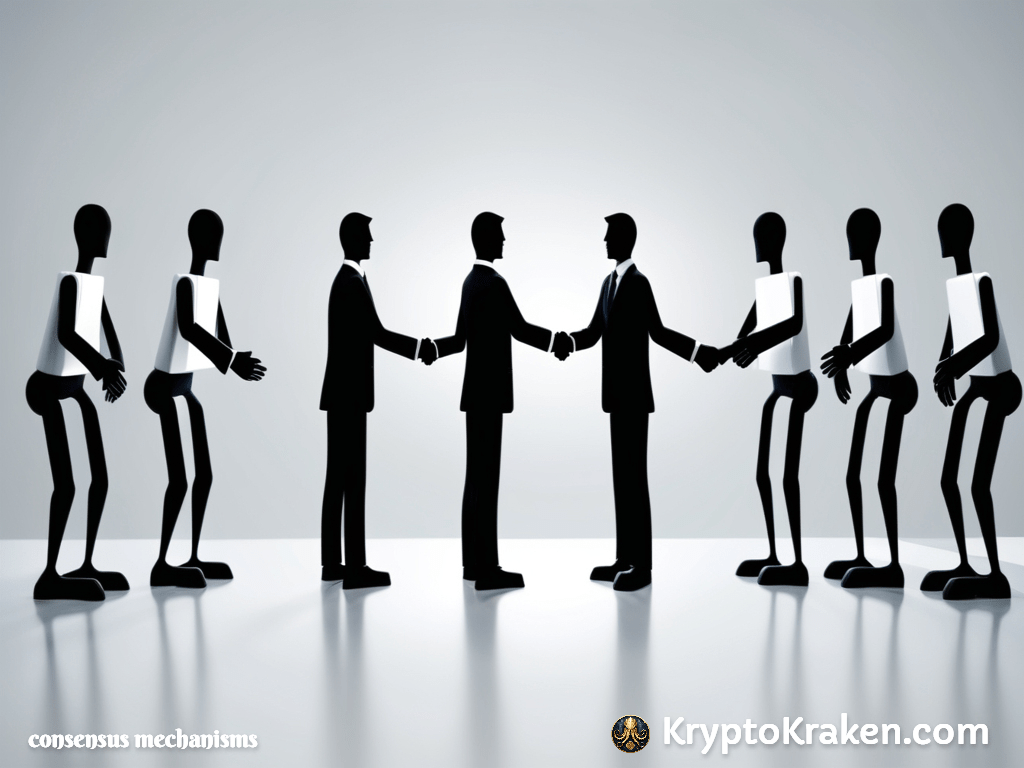

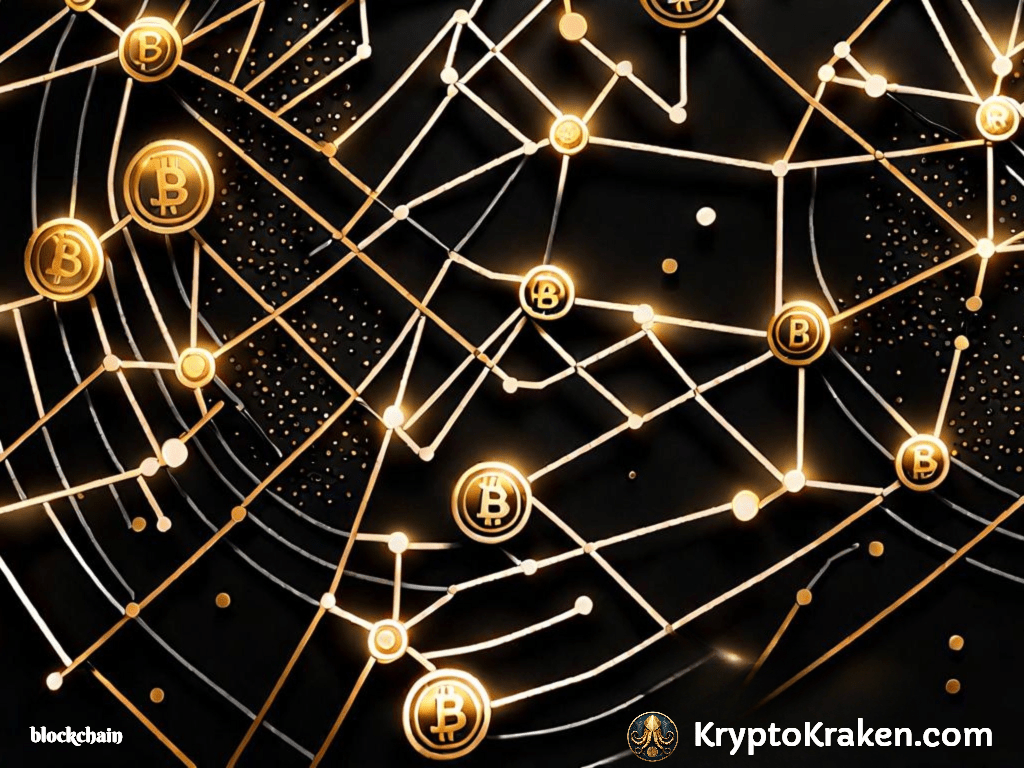
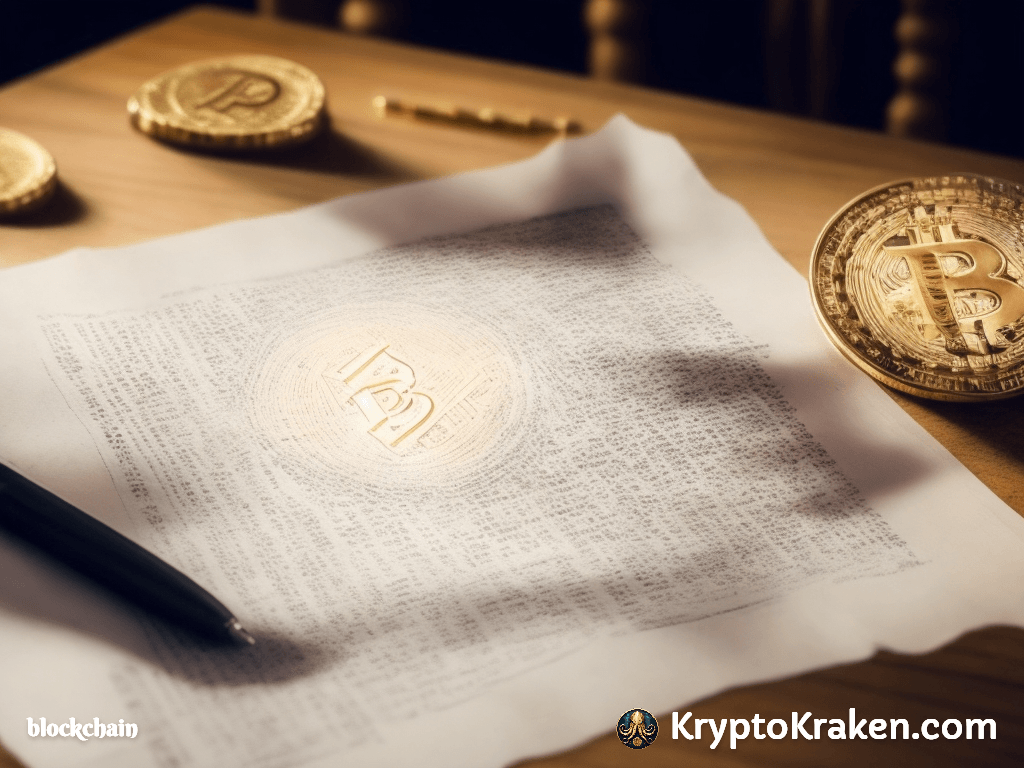

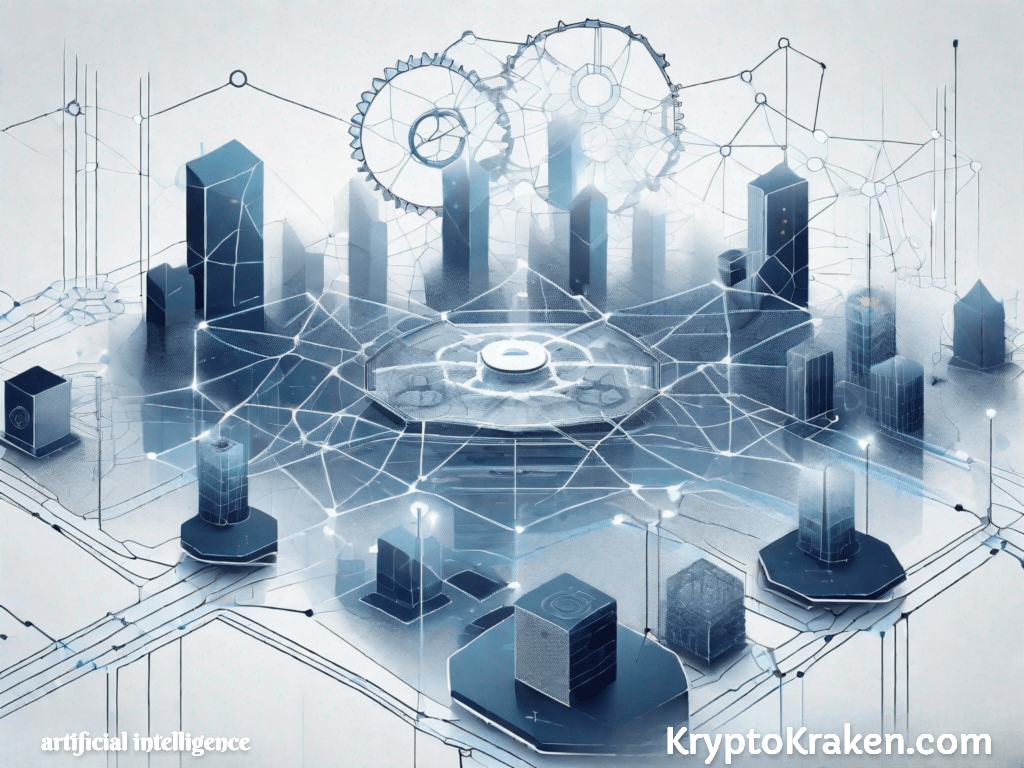
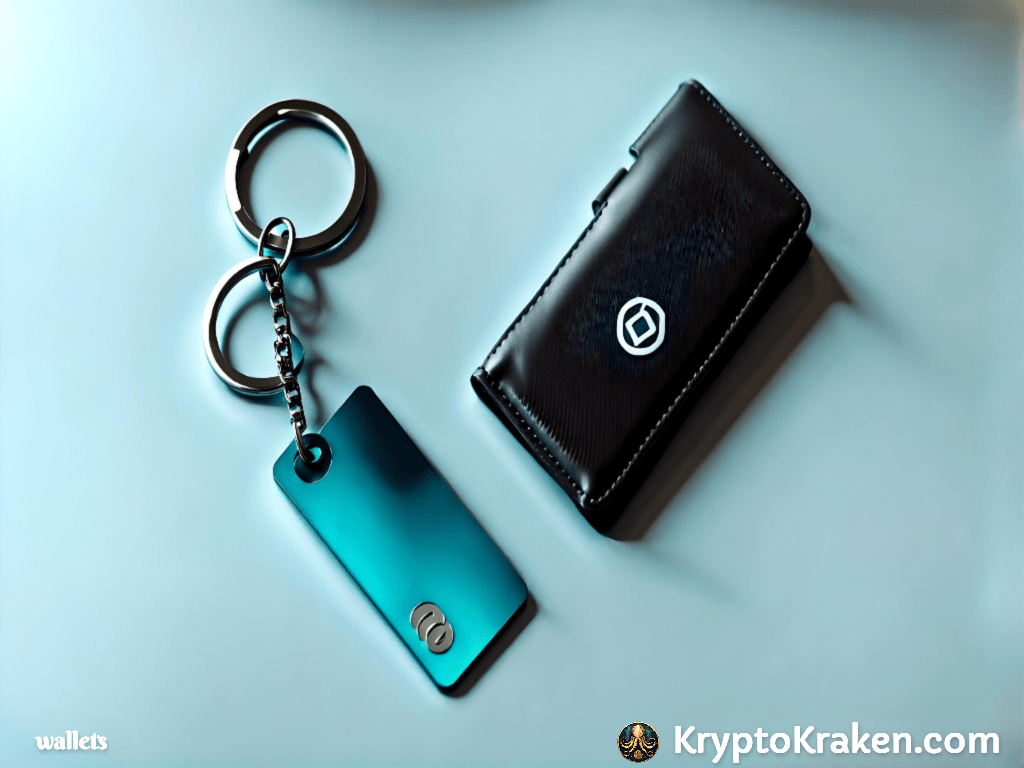
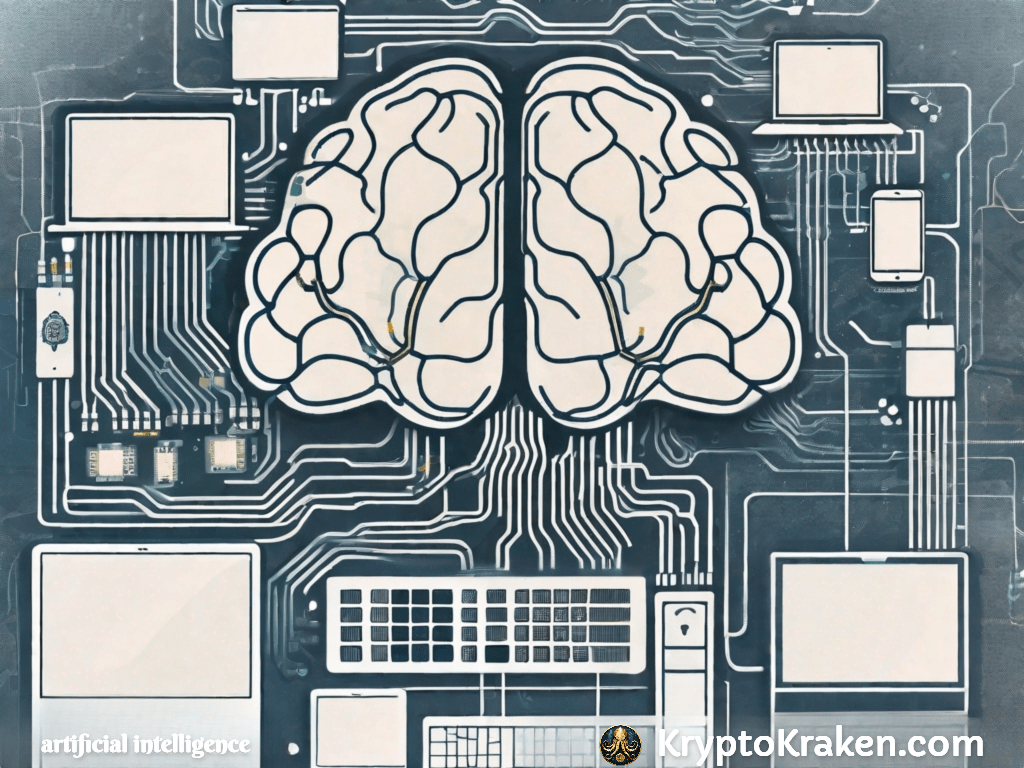
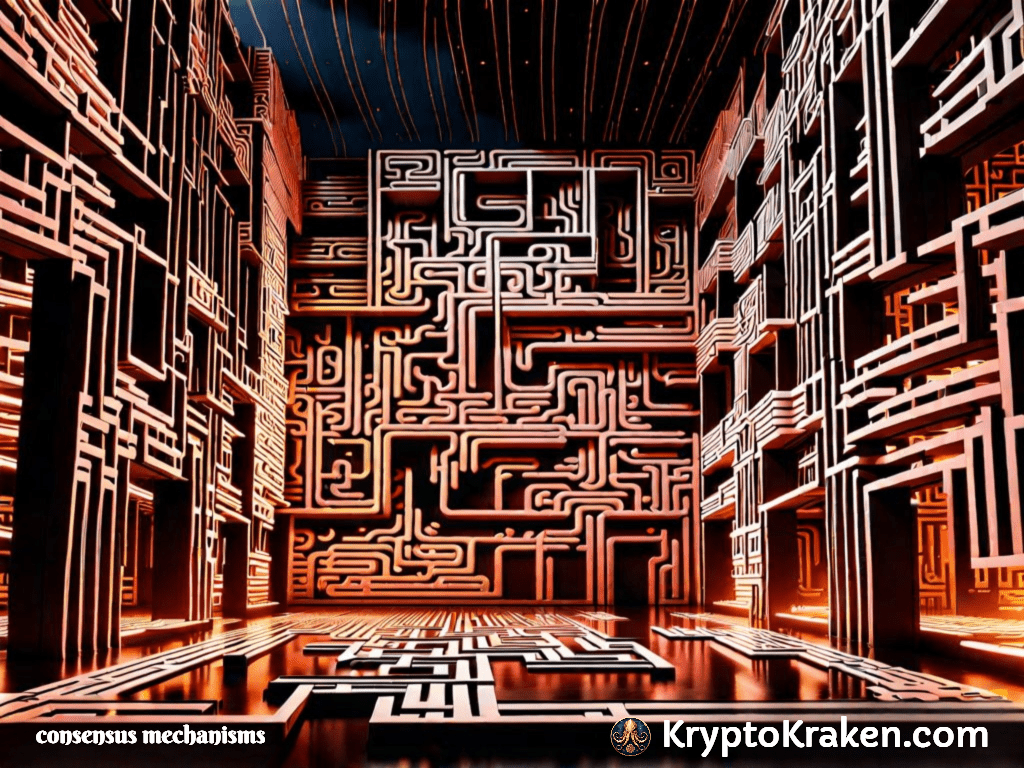
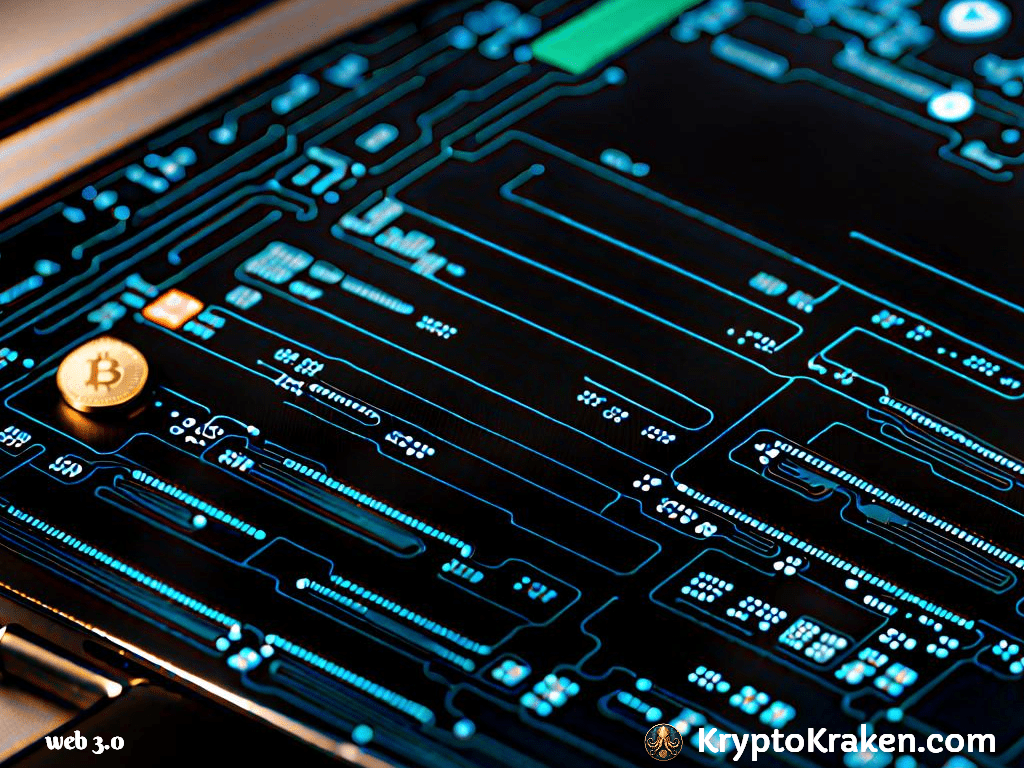
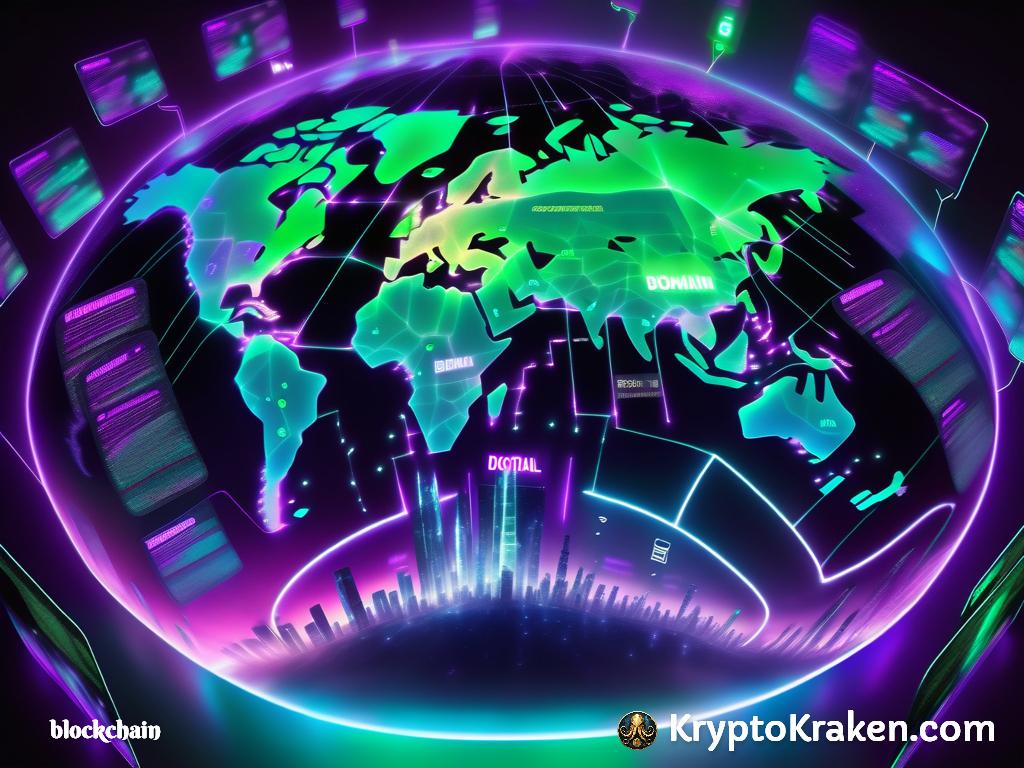
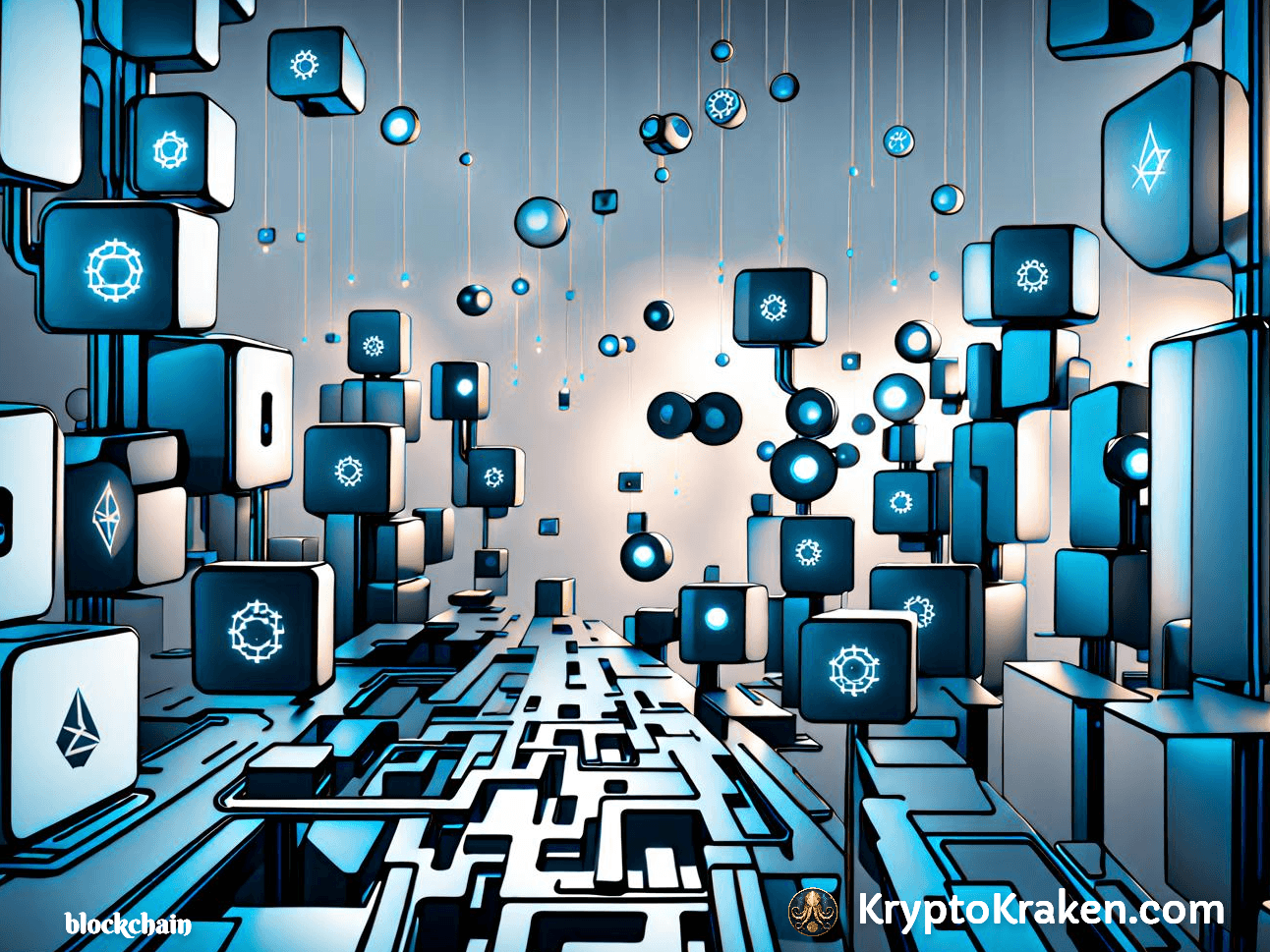
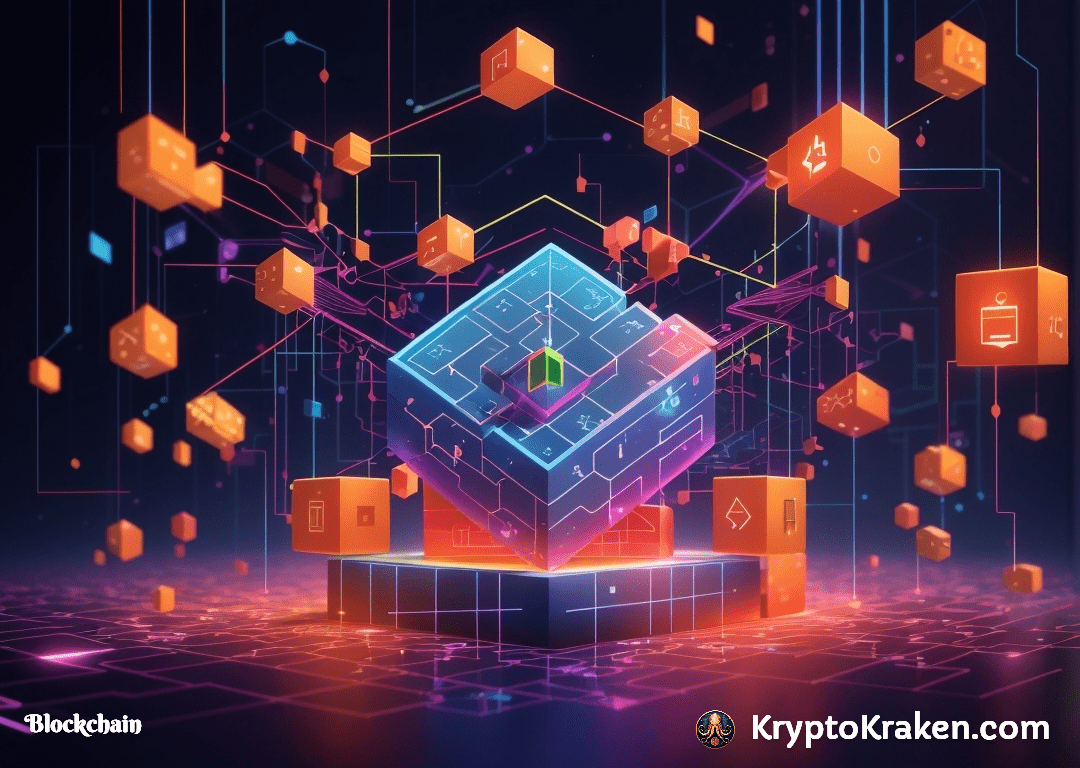
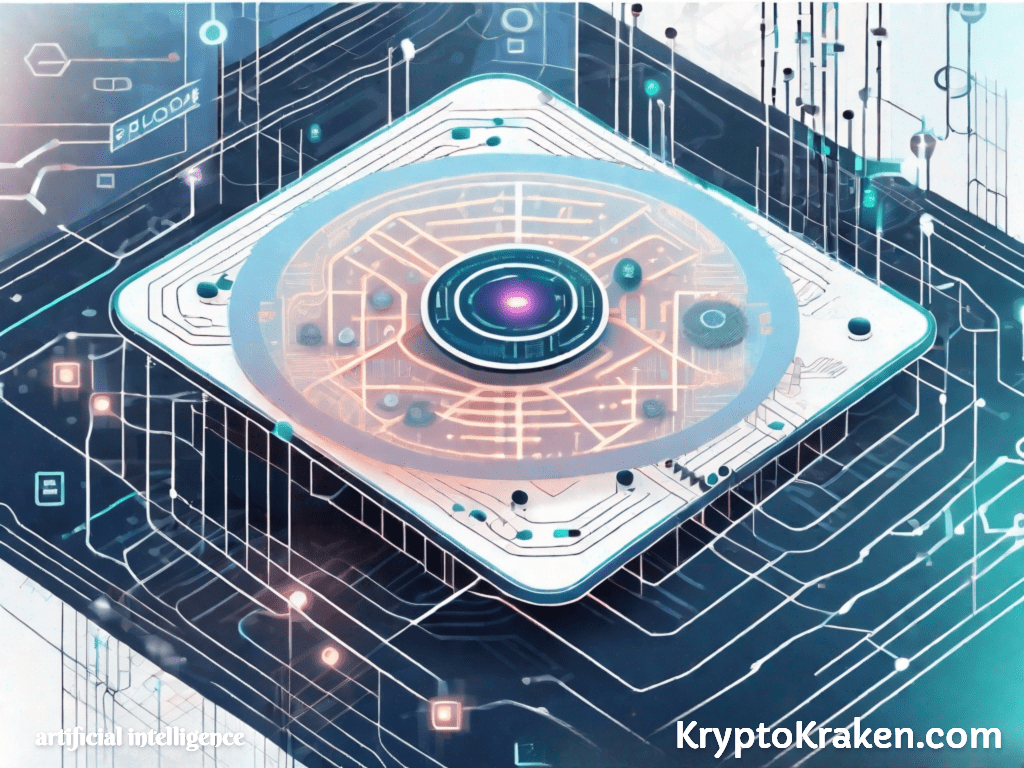
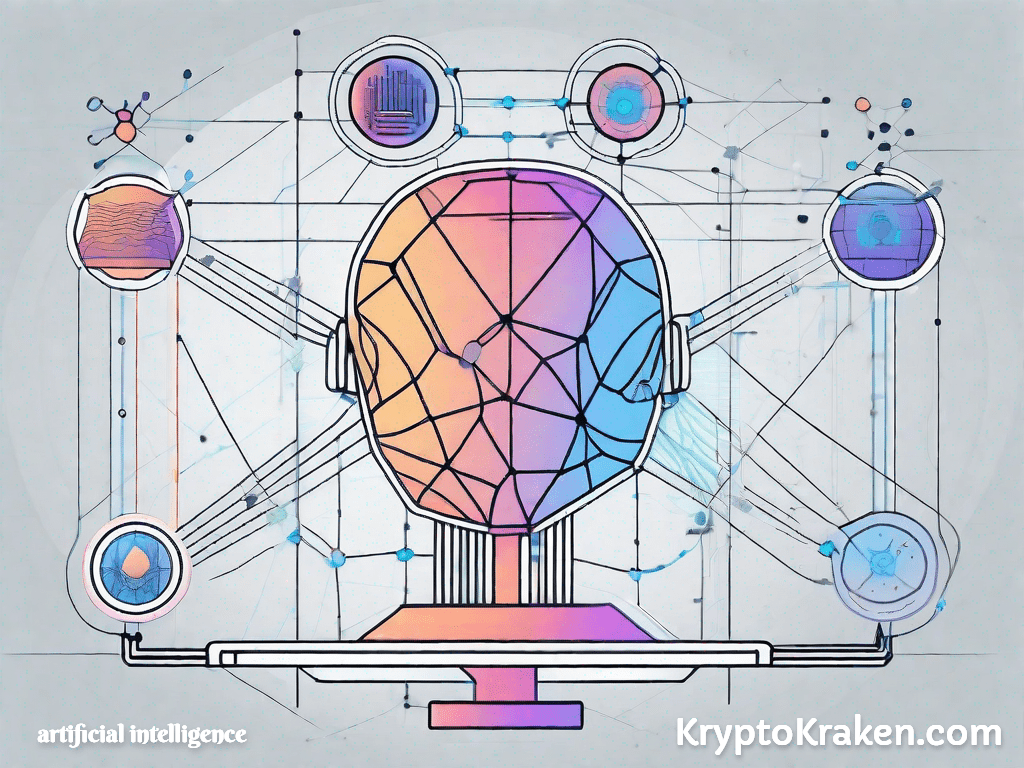
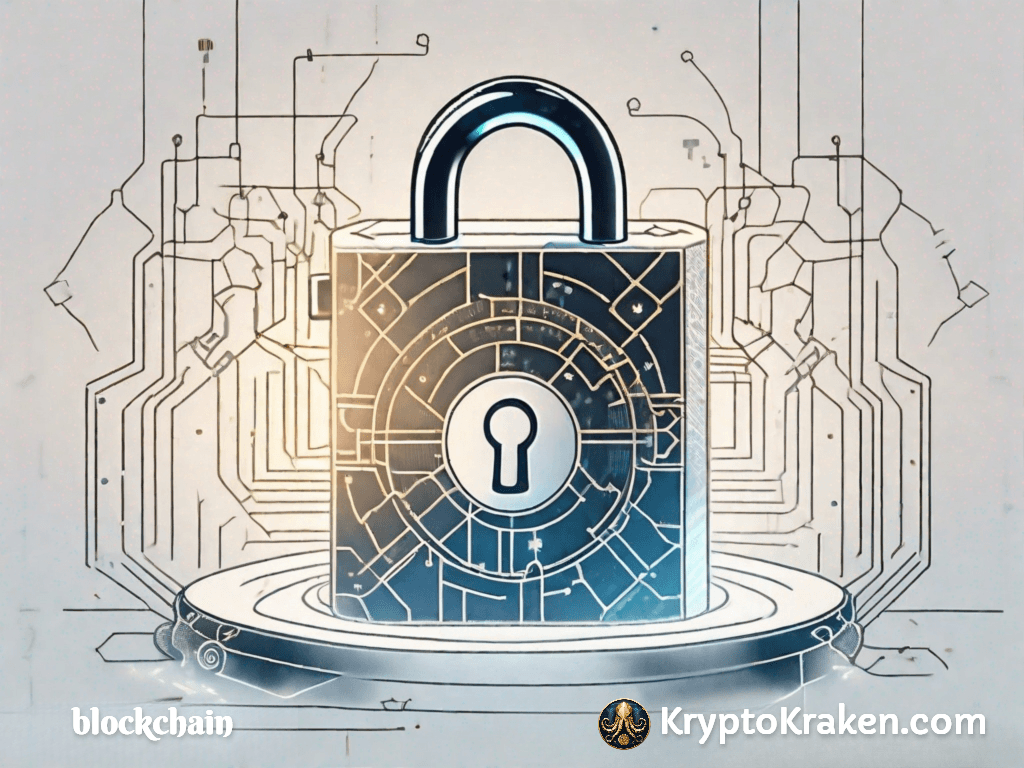
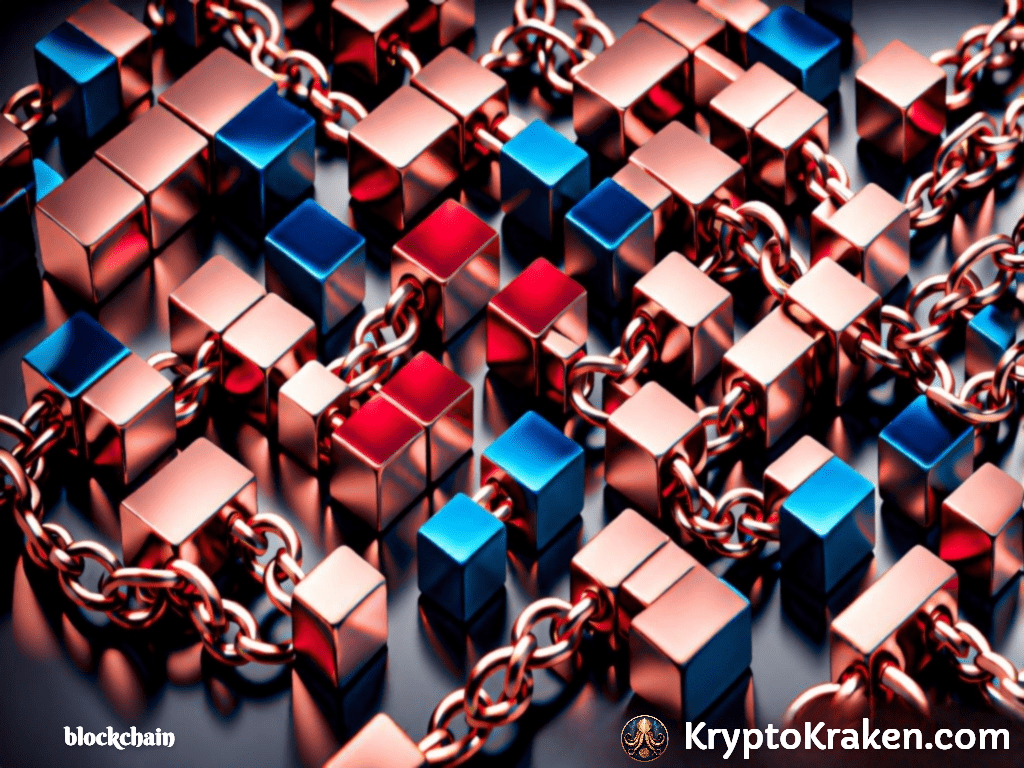
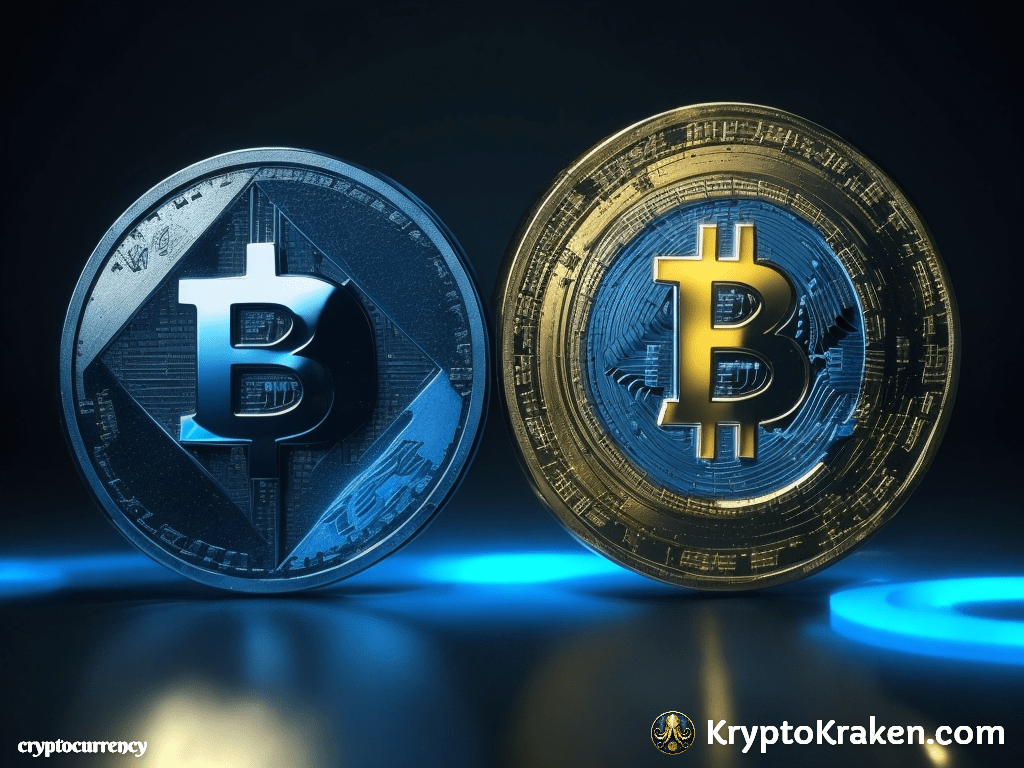
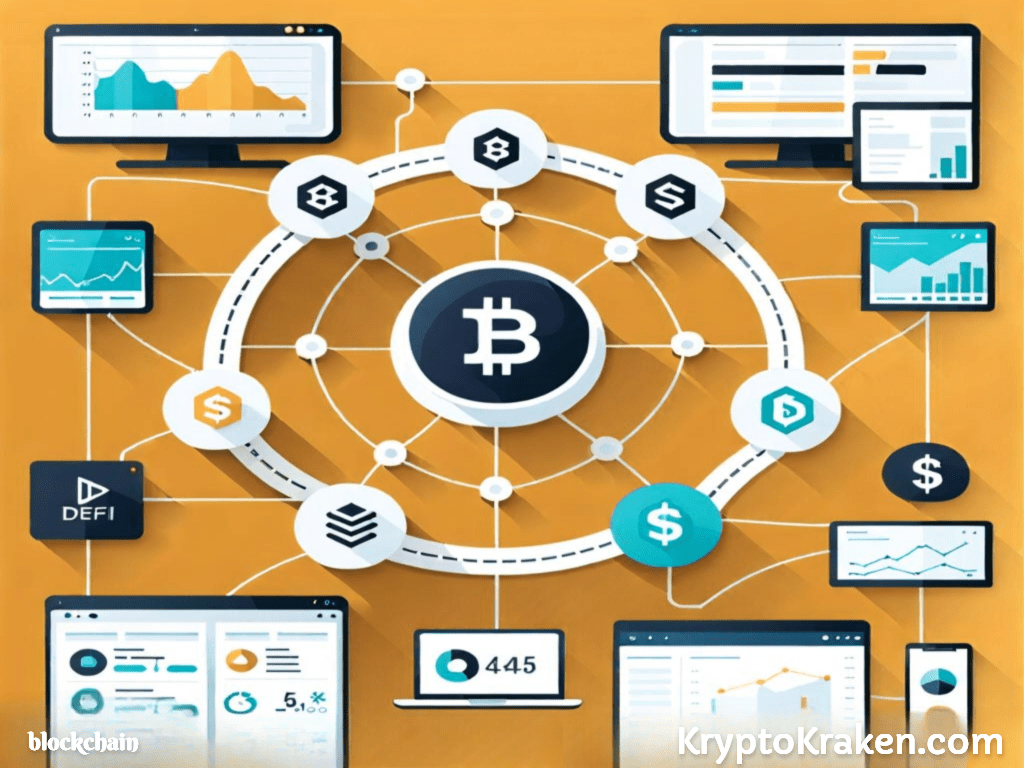

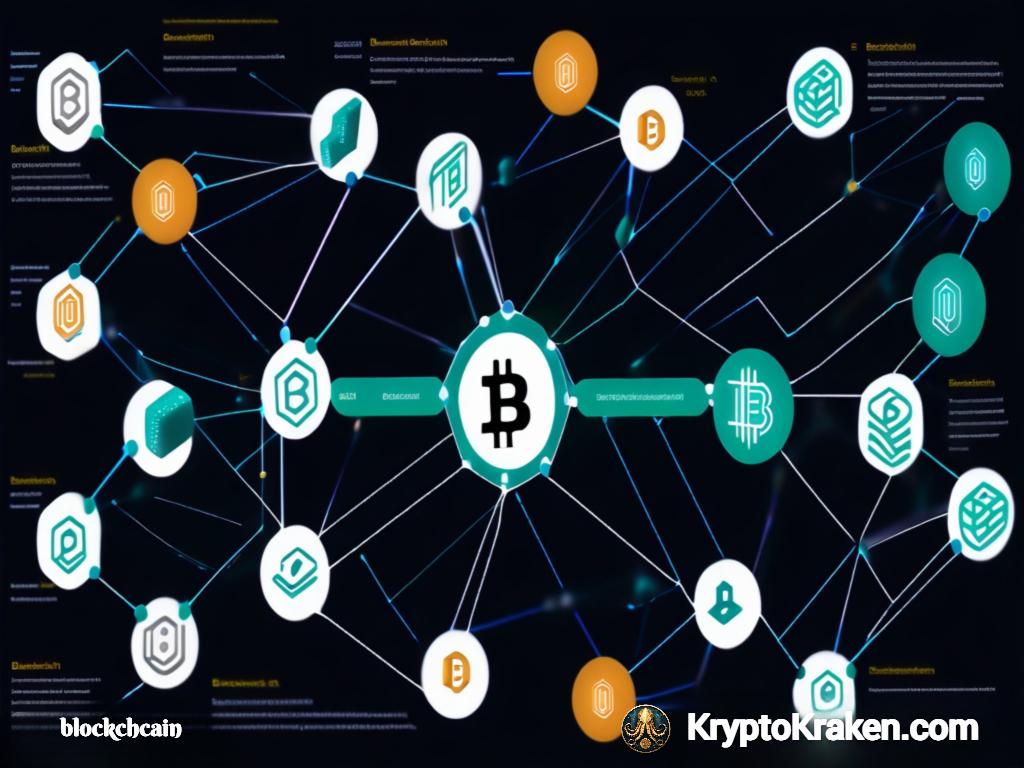
2 comments on “Revolutionizing Content Sharing: YouTube on Blockchain”